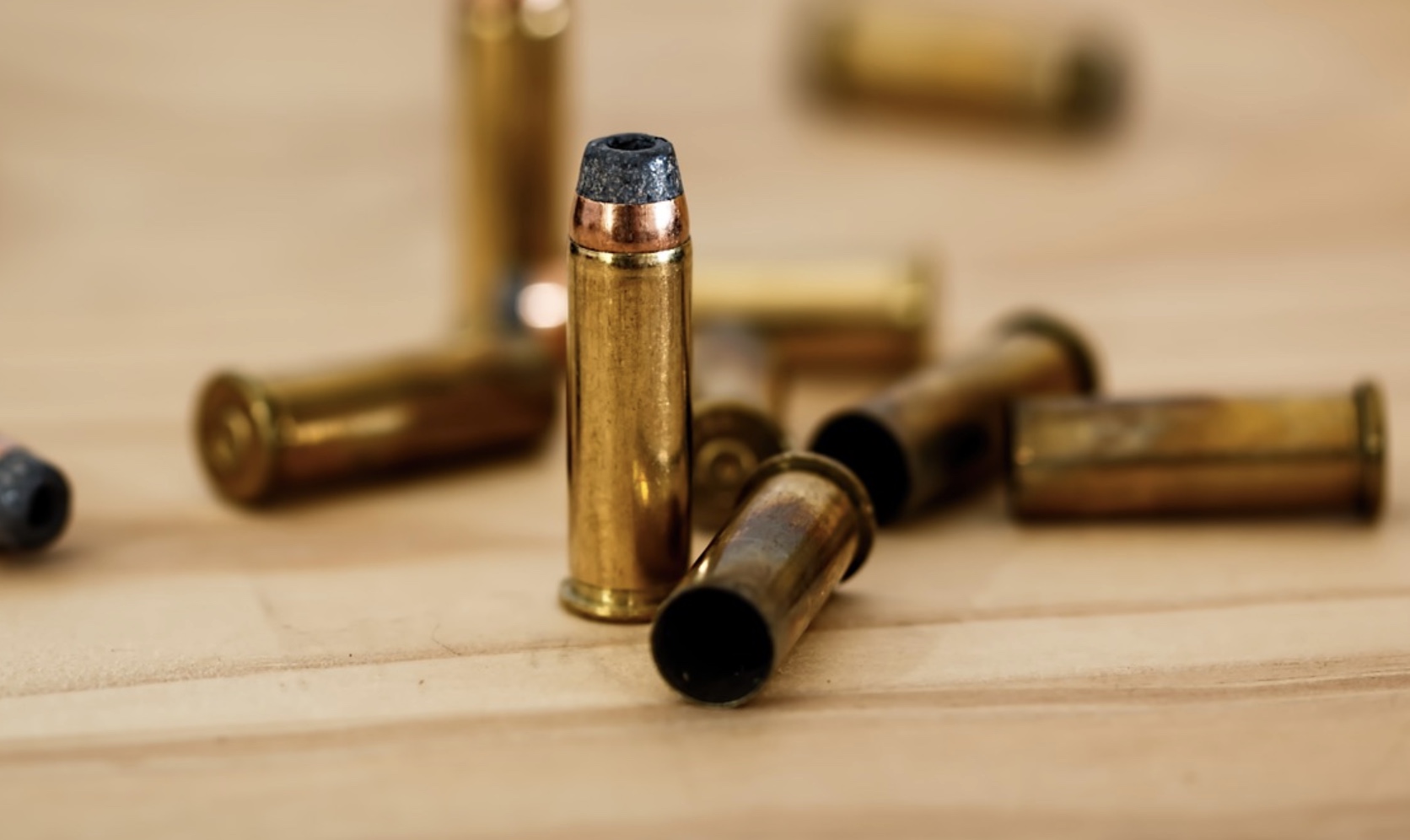What material your ammunition is made from can make all the difference to how effective it is and suitable for your needs. We are talking about casing. For instance, is your ammo made from a brass or steel casing? To know the difference is to end up buying the right ammo and not something inferior to your purposes.
Steel Ammo
Where budget matters, then steel ammunition will prove to be a cheaper alternative compared to brass. They are purposeful ammo in that the lacquer will keep them relatively corrosion-free.
In terms of the disadvantages of steel ammo, the lacquer will not necessarily be all that well bonded. But then, steel ammo can be for those who do not consider too much about how well their shot went. The problem is that steel will rust, which is why the cases are lacquered. This lacquer, however, can be burned off, and so potentially damage the chamber of your gun.
Also, where the lacquer becomes damaged it will corrode. This means that steel-cased ammo needs to be stored better than its brass equivalent. Storage must be given a lot more consideration for what extra that may cost.
Brass Ammo
Brass ammunition is better protected than steel against corrosion and is considered to create better chamber seals than steel. Brass has more elasticity and so means more reliable feeding and extraction.
If you can afford brass, then this would seem to be your better option for effective and reliable ammo that is not going to damage your gun or prove difficult to store.
Nickel-Plated Ammo
Applying a nickel coasting to brass will mean no chance of that corroding. The nickel barrier completely envelops the brass. This means that there will be easy reloading with this type of ammo. The downside is that nickel-plated brass is considered to have a lower coefficient of friction when compared to brass.
Lubricants are used when it comes to reducing friction. Typical lubricants used to avoid friction, in many situations, will include oil, grease, or water. It is better when friction is avoided by useful design, though. This means using the right materials for manufacture. For the scientist among us, most dry materials will have coefficient values of between 0.3 and 0.6.
The Manufacturing Process for Ammo
Bullets are generally made from lead alloys that will contain tin or antimony. This molten lead will be poured into a bullet’s mold cavity and then will quickly cool before being extracted from the mold.
The typical brass casing will be formed from annealed sheets. This process involves drawing using a Multiple Punch and Die set. Annealing is a process of heat treatment that will change the physical and often chemical properties of materials to increase their ductility and therefore reduce their hardness to make them much more workable. Ductility is the ability of a material to be hammered thin and stretched.
The manufacturing process will dictate just which materials are most suitable for use in ammunition. The casing alternatives used will tend to be steel or brass, with brass usually the one chosen for being the better material in terms of use and storage.
To sum up, with regards to brass, it is tarnish-resistant, low-friction, malleable, and so easily stored and machined.
For the above reasons, it becomes important which material you choose for your ammunition. Ideally, you would opt for ammo that is either brass or brass that is nickel-plated, compared to steel or lacquered steel. This is because corrosion resistance is dealt with better, and you do not have to give so much through to storage. Having the right storage facilities at the right levels of humidity could prove expensive. It can be cost-effective just to purchase the ammo that has everything covered. Also, that will not damage your gun.






